After learning about pollinators all week it's time to do something fun for our gardens!
Our Lessons For the Week!
Date: 5/15/20
What is our theme? Stain Glass Rocks
What is the lesson (overall purpose)?
To promote the use of fine motor skills.
MA Guidelines/Standards:
APL4: The child will demonstrate creativity in thinking and use of materials.
APL 1: The child will demonstrate initiative, self-direction, and independence.
Learning Outcomes:
All projects that promote fine motor skills are also pre writing skills as well. Cutting with scissors or tearing paper with your hands are all pre writing skills.
Songs, Books & Videos (Motivational Techniques)
https://youtu.be/Q7l1lb3ZqRs - If You Find a Rock read aloud.
Materials:
Activity (Procedure):
Activity Wrap Up:
When the rocks are dry place them in your garden or display them somewhere special to you.
How do I know what my child is learning? (Assessment)
Talk to your child about what they did first, second and so on. Help them to get familiar with these words and their meanings. Talk about the colors your child is choosing for their rocks.
How can you extend this activity? (Modifications)
You can use black and yellow to make the rocks look like bees!
Our Lessons For the Week!
Date: 5/15/20
What is our theme? Stain Glass Rocks
What is the lesson (overall purpose)?
To promote the use of fine motor skills.
MA Guidelines/Standards:
APL4: The child will demonstrate creativity in thinking and use of materials.
APL 1: The child will demonstrate initiative, self-direction, and independence.
Learning Outcomes:
All projects that promote fine motor skills are also pre writing skills as well. Cutting with scissors or tearing paper with your hands are all pre writing skills.
Songs, Books & Videos (Motivational Techniques)
https://youtu.be/Q7l1lb3ZqRs - If You Find a Rock read aloud.
Materials:
- Rocks, smooth ones are best but you can use any size or shape
- Tissue paper
- Elmers glue
- Water
- Waterproof sealer such as polyurethane
- Paint brush
Activity (Procedure):
- Wash your rock with water and let dry. To a small cup or bowl, add about 1/3 cup of water and 2 tablespoons elmers glue and mix until combined.
- Tear your tissue paper into small pieces. Use a paintbrush to cover the rock with the glue mixture and start laying down your pieces of tissue paper. You will probably have to reapply the glue a few times. I also like to do one coat of glue on top of the tissue paper after you've finished.
- Let the rocks dry completely and then apply a few coats of waterproof sealer. Let dry and then place them in your yard or garden!
Activity Wrap Up:
When the rocks are dry place them in your garden or display them somewhere special to you.
How do I know what my child is learning? (Assessment)
Talk to your child about what they did first, second and so on. Help them to get familiar with these words and their meanings. Talk about the colors your child is choosing for their rocks.
How can you extend this activity? (Modifications)
You can use black and yellow to make the rocks look like bees!
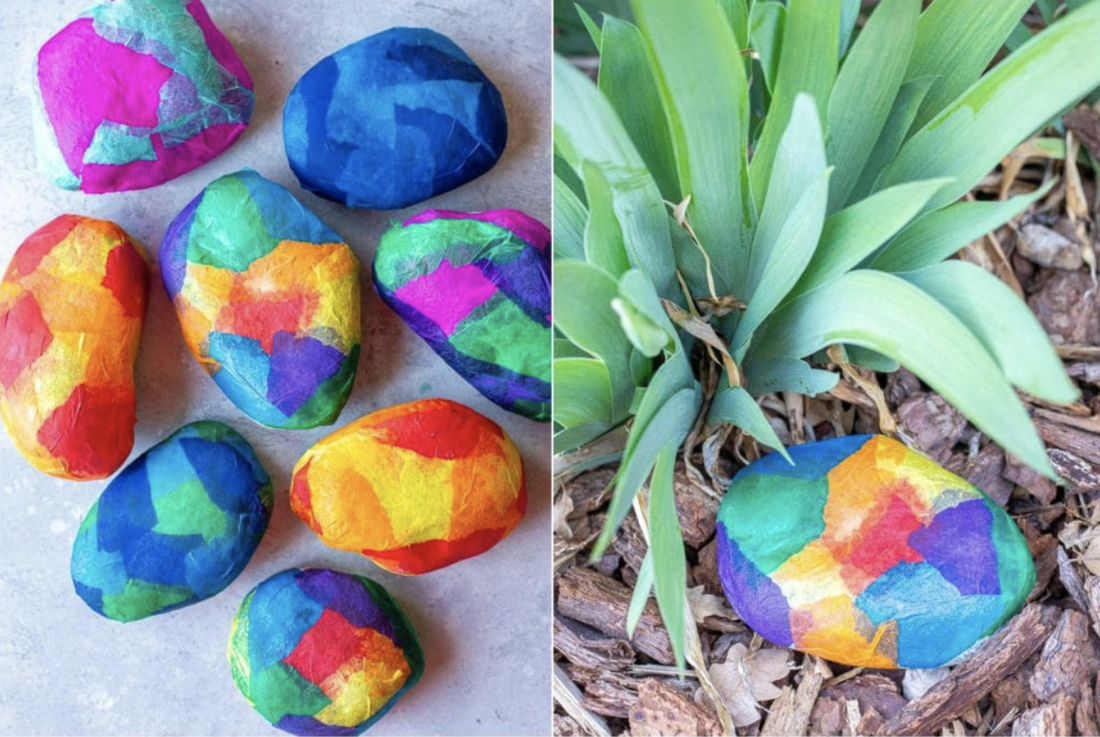
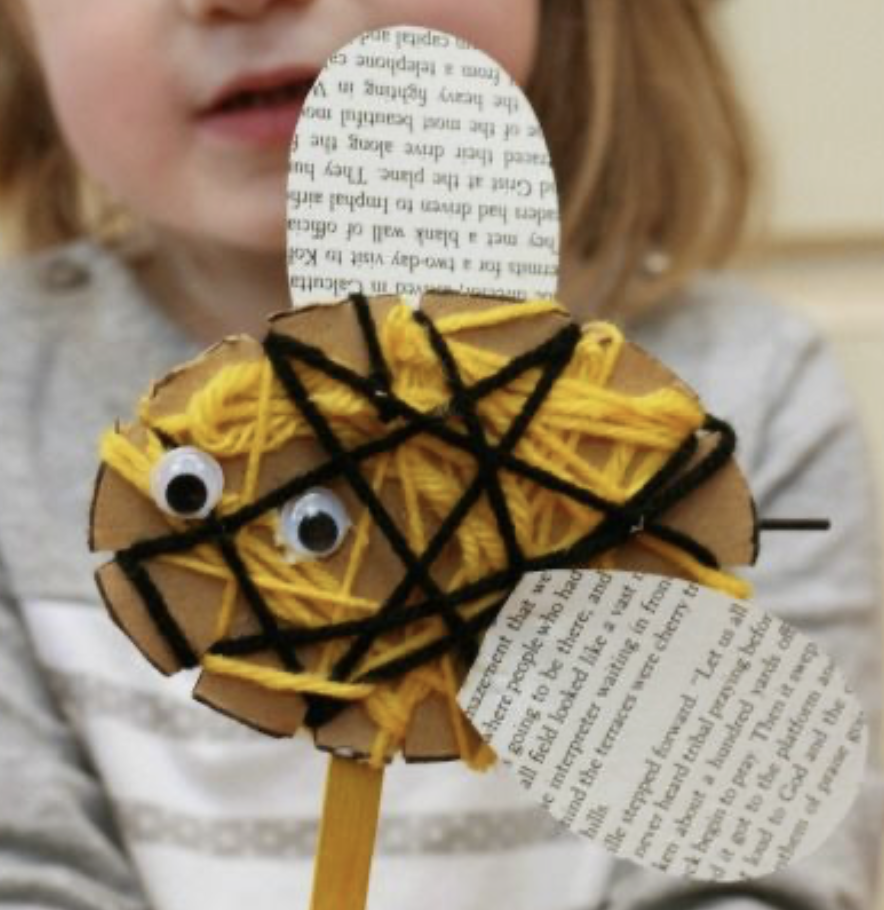
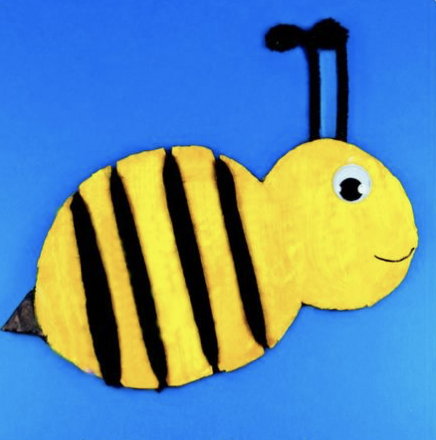
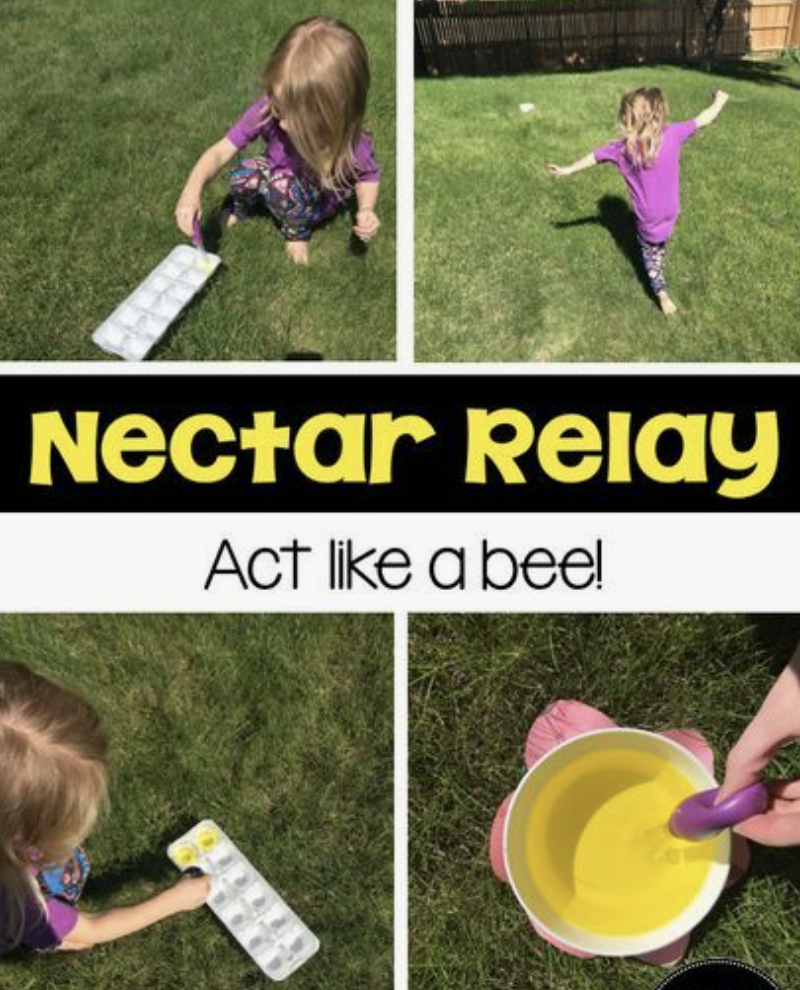
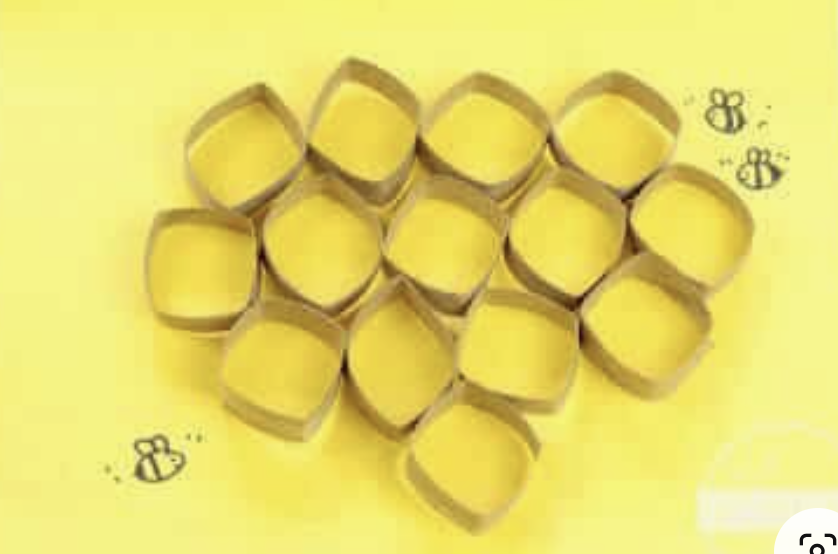
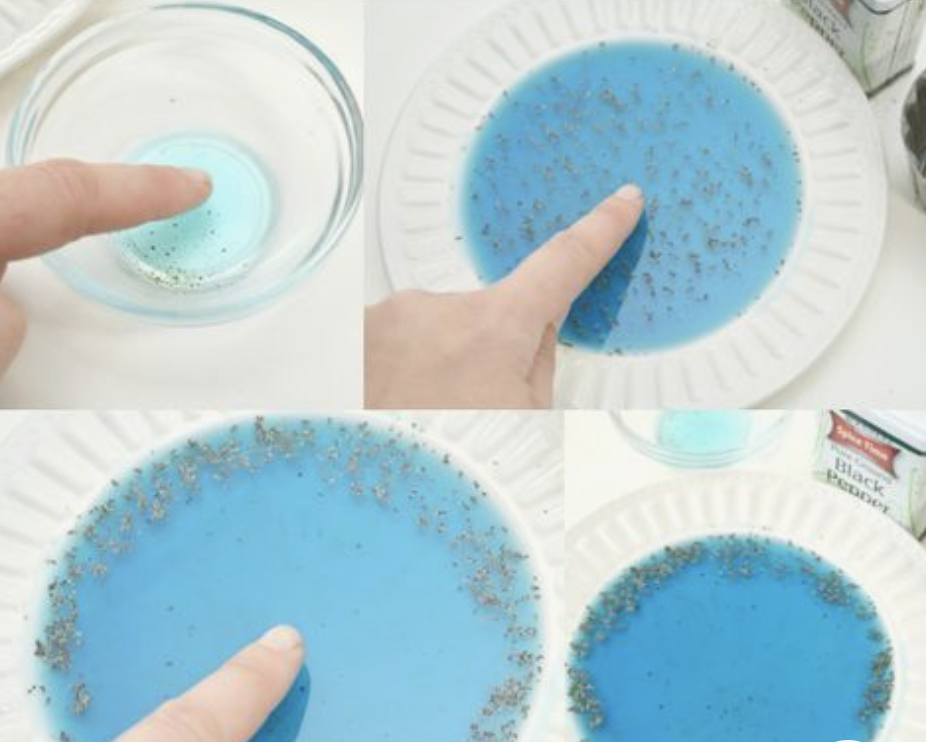
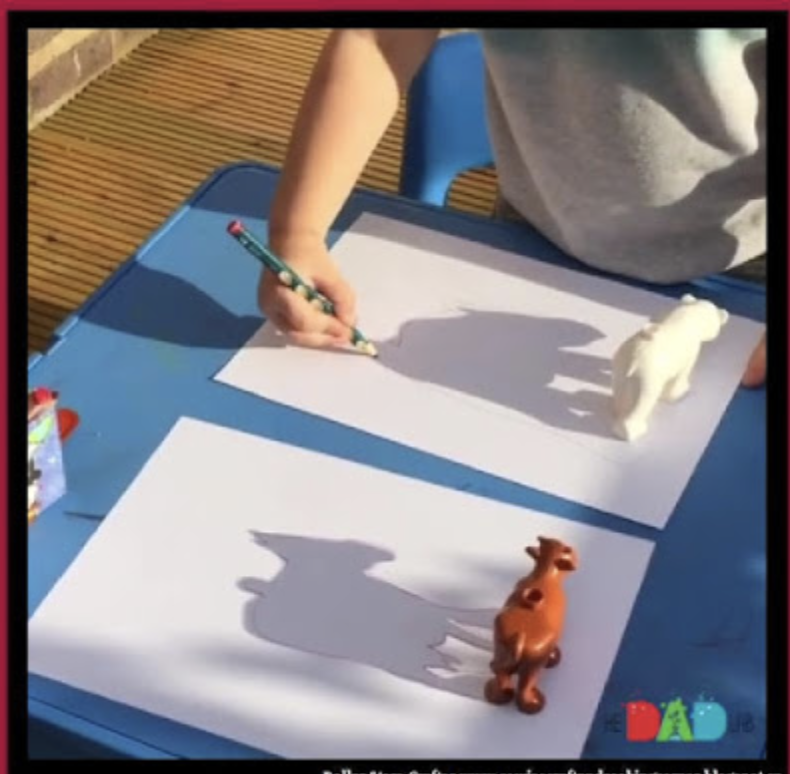
 RSS Feed
RSS Feed
